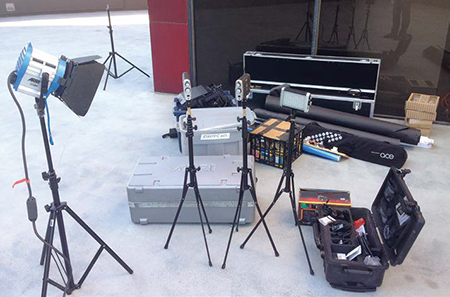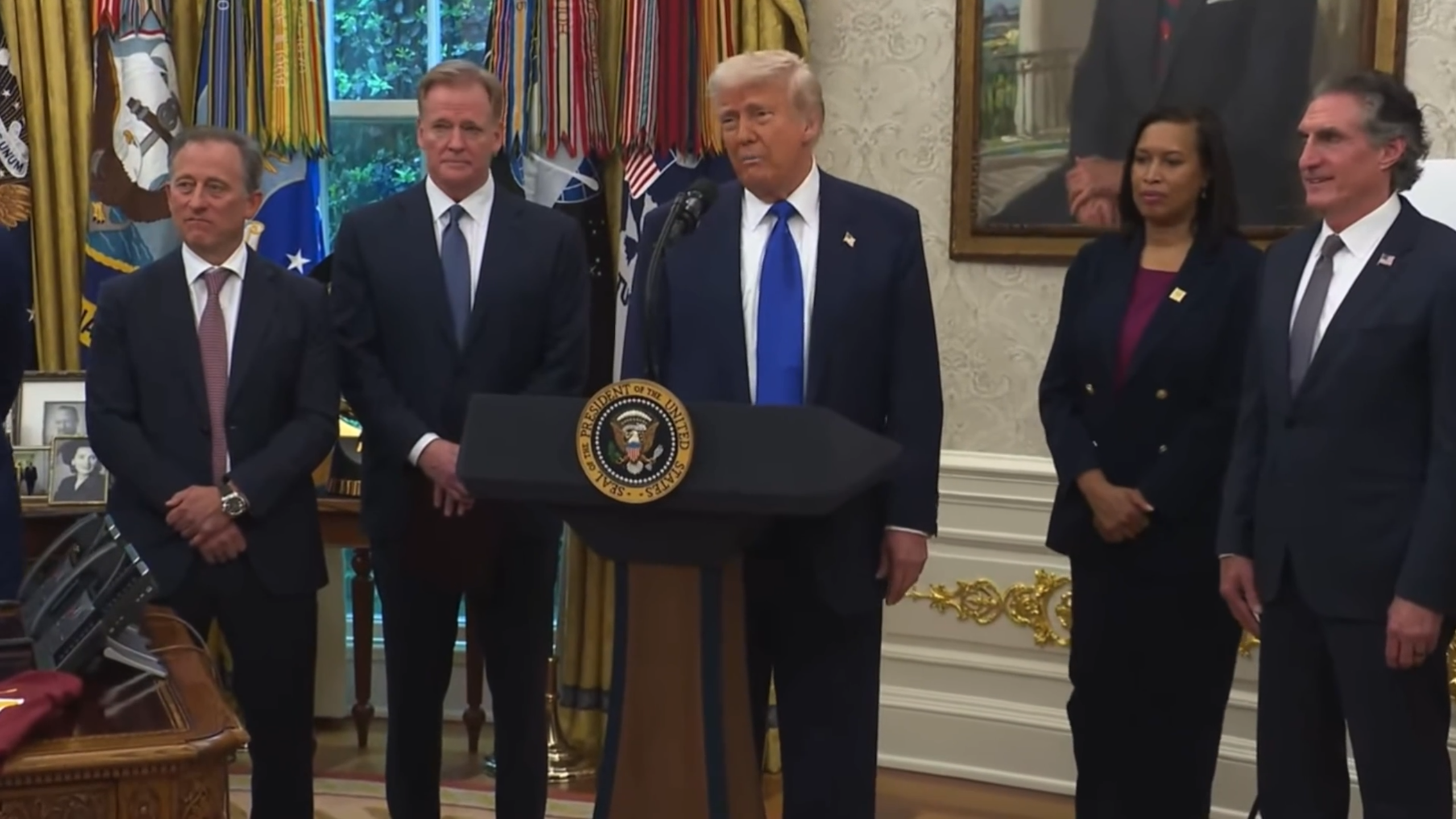Your Toolkit: Start With What You Know

Part of the author’s toolkit
In the very early years of my career and during my second film as a cinematographer, I lit with a Lowel “DP” kit, a handful of 500W Altman Fresnels and Lekos and various practical lights. Inside the Lowel kit were two “DP” 1K open-face fixtures: one Omni 500W open-face fixture and one Tota 500W broad source. That was my full lighting package.
Why did I choose to shoot that film with that small lighting kit? Because that’s what I could get my hands on.
The Lowel kit belonged to the camera operator and the Altman fixtures I borrowed from the high school where I taught.
There was no deep artistic choice that went into choosing these fixtures. There were no photometric measurements calculated during prep based on scrutinizing location scout notes... No, that was what I used because that was what I had access to.
I’ve written several times before about an Arri kit that I’ve used on a number of occasions with four Fresnels: 650W, 300W and two 150W. That, in addition to a Kino Flo “Gaffer” Kit with two 4-foot x 4-bank fixtures have worked with me time and time again. Why? Because I own them. They’re handy; they don’t cost me anything to rent from anyone else and—they emit light!
A good portion of my career was spent utilizing only the tools and resources I had access to, which were typically limited by budgets. Beyond that, when the sky is the limit, how do you decide what fixtures to use?
So much of that starts with how most of us begin our careers, just as I did. So when you get to choose your lighting fixtures, you start with what you know and build from there. It’s the same for first year cinematographers and 20-year veterans—we work with what we know. As the budgets improve, access to more fixtures grants us the ability to play and learn.
I had the good fortune of “coming up” through the electrical department and I worked with some great gaffers as an electrician before I started gaffing myself. This gave me the time to learn the fixtures and their abilities; to learn an instinctual difference between a 2K and a 1K Fresnel and when to reach for one or the other; and to learn the benefits of HMI fixtures and how to utilize them.
Even as your budget grows and you have access to more toys, how do you decide if you’re going to use a 12K HMI PAR or a 12K HMI Fresnel, a Tenner or a 9-Light MaxiBrute in a condor for a nighttime exterior sequence?
How do you decide if you are lighting your green screen with Kino Flo super green tubes or tungsten tubes? Maybe Sky Pans and Spacelights? There’s no shortcut to gaining this knowledge.
GAINING KNOWLEDGE
Sure, you can read about what other cinematographers and gaffers do in publications like this; or you can talk to your peers and find out their personal choices (always ask them “why!”), but nothing beats just trying something new on your own. That, however, can be very scary when you’re most often dealing with a client or a production that isn’t your own.
The next best way is to study photometrics for new fixtures. You can’t always completely trust the manufacturer’s published photometrics, which are often measured in “laboratory” not real-world settings, but they’ll give you a rough approximation of how a fixture will behave. Next month, we’ll delve deeper into photometrics and how to read, interpret them and plan ahead.
If you’re in a major production metropolis like Los Angeles or New York, look up the local lighting dealers and ask for a demo. They’ll be more than happy to introduce you to their fixtures and to what makes them special.
If you’re not in a major production center, take the time to journey out to the major trade shows: NAB, Cine Gear Expo, CCW, Government Video Expo, etc. There you’ll get a chance to go hands-on with new fixtures, learn their features and start to become more comfortable with their uses.
I’ve seen the world’s greatest cinematographers reach for a trick they learned in their first years or a tool as common as the humble batten strip. My first book, “A Shot in the Dark: A Creative DIY Guide to Digital Video Lighting on (Almost) No Budget” is aimed at making your own tools at home with supplies you can find at the local hardware store.
Read. Experiment. Reach out to manufacturers for information and demos and consult your peers. Happy lighting!
Jay Holben is a cinematographer based in Los Angeles. He can be reached via TV Technology.
Get the TV Tech Newsletter
The professional video industry's #1 source for news, trends and product and tech information. Sign up below.
